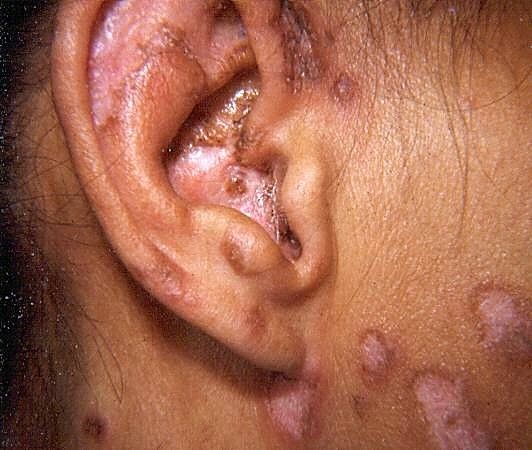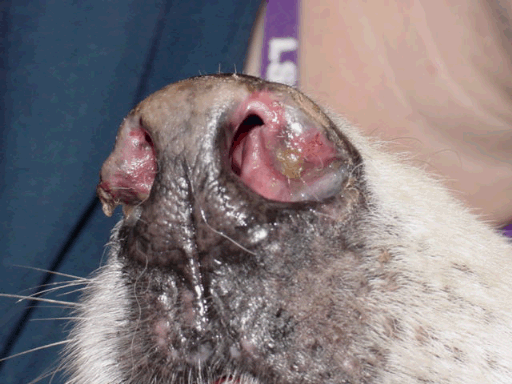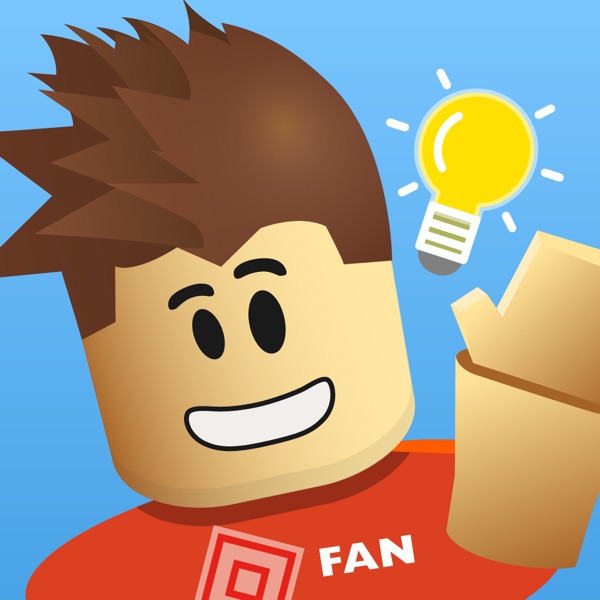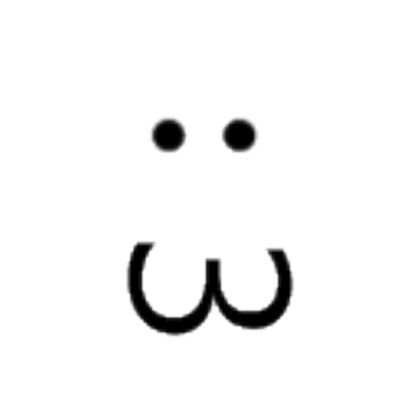Discoid Lupus
Dark skin may lose its protection.

Discoid lupus. Discoid circular skin lesions often leave scars after healing of. It presents with red inflamed coin shaped patches of skin with a scaling and crusty appearance most often on the scalp cheeks and ears. Discoid lupus erythematosus mainly affects skin that is exposed to sunlight and doesnt typically affect vital internal organs. The word discoid is referring to the lesions disk shape.
Discoid lupus erythematosus is an autoimmune disorder affecting the skin. About 1 in 20 people with discoid lupus go on the develop systemic lupus erythematosus. The risk is greater for children. What you need to know overview.
Loss of hair and changes in skin pigment also occur with this disorder. The disorder causes a skin rash or lesions that usually appear on the scalp nose and cheeks. What are the complications of discoid lupus. Early recognition and treatment improves the prognosis.
Like all forms of. Round lesions thick scales on the skin and scalp peeling blistering lesions especially around the elbows and fingertips thinning of the skin lighter or darker skin pigmentation which can become permanent thickening of the scalp patches of hair loss which can become permanent. Lupus is a lifelong disorder of the immune system. Lupus in general is a medical condition that causes your bodys immune system to attack itself.
Discoid lupus erythematosus is the most common type of chronic cutaneous lupus ccle an autoimmune skin condition on the lupus erythematosus spectrum of illnesses. Symptoms may be limited to the skin but more often. Immune cells attack the bodys own healthy tissues leading to inflammation and tissue damage. When you have discoid lupus it will usually affect the skin that surrounds your face but as the disease progresses lesions are likely to develop on other parts of your body.
Permanent scarring can occur as lesions regress. It has a prolonged course and can have a considerable effect on quality of life. Discoid lupus affects the skin and may appear on the neck back of the hands and face.

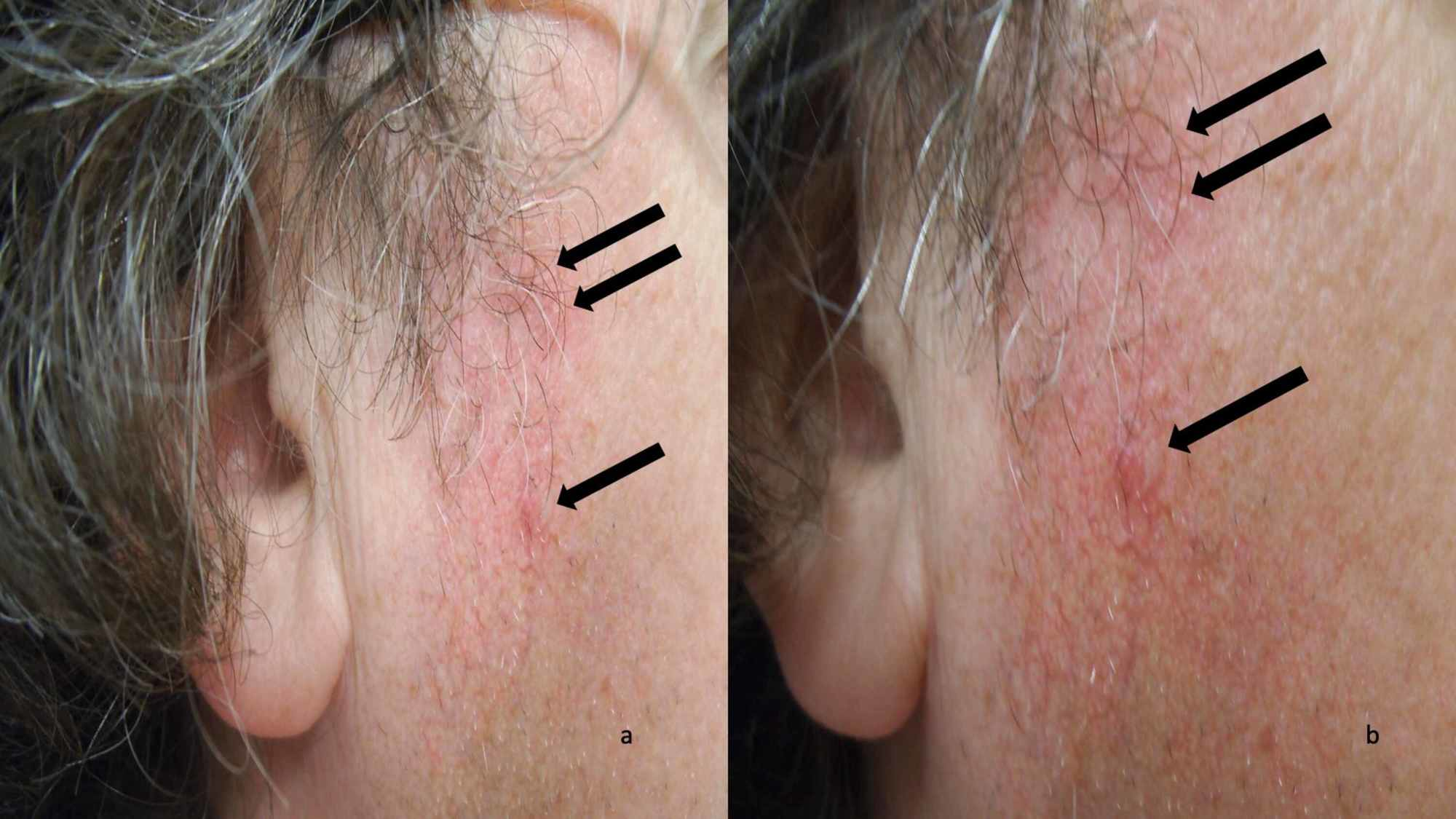




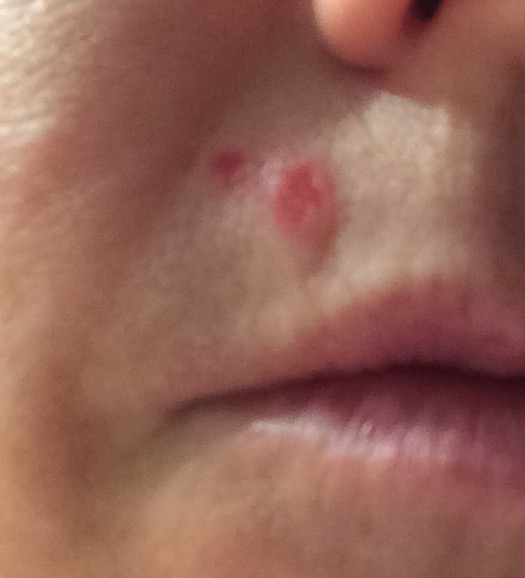

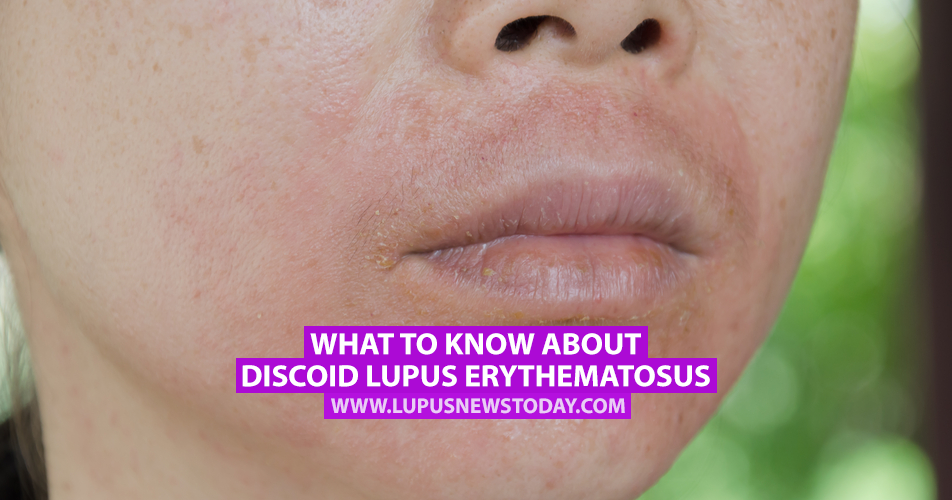








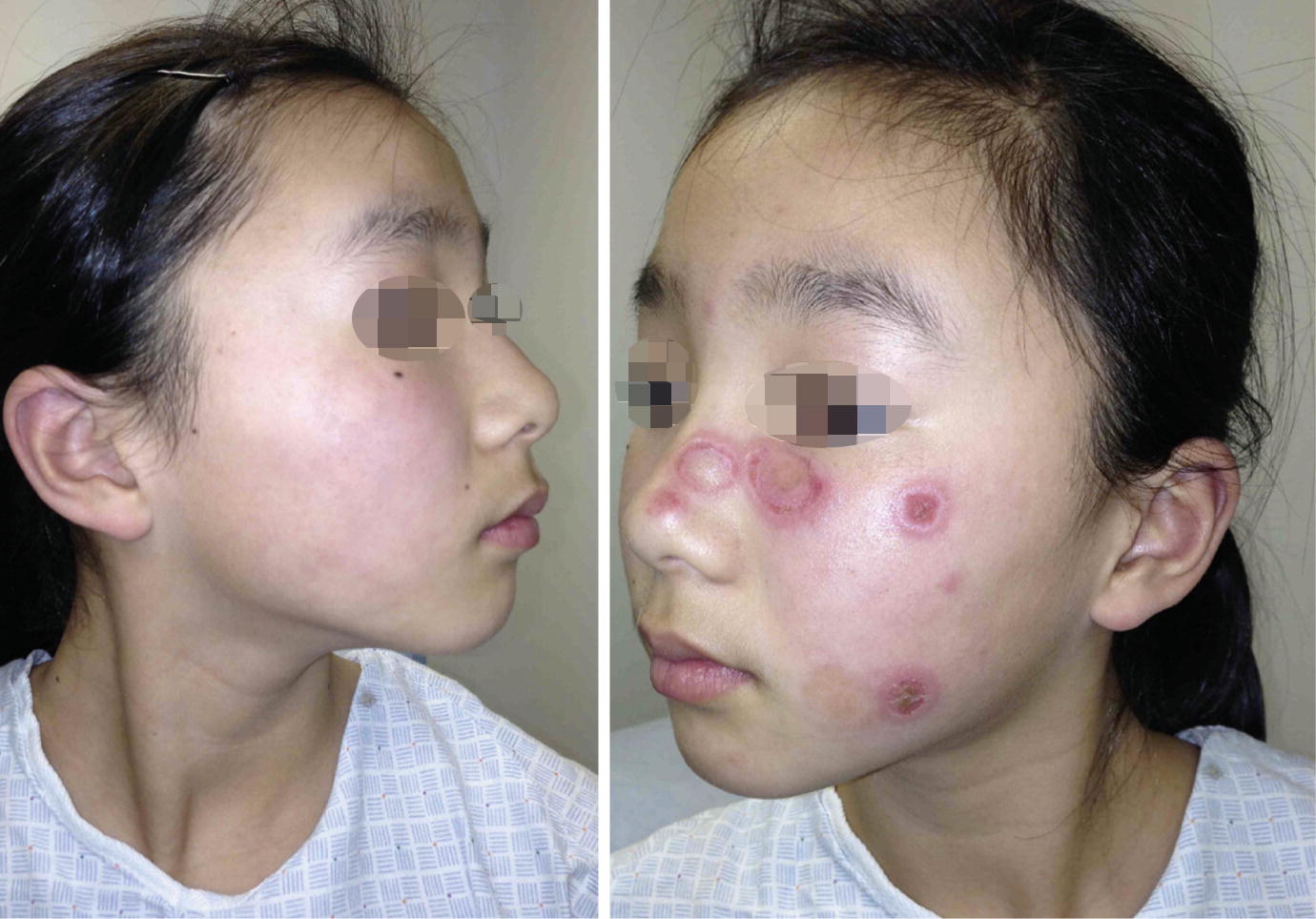
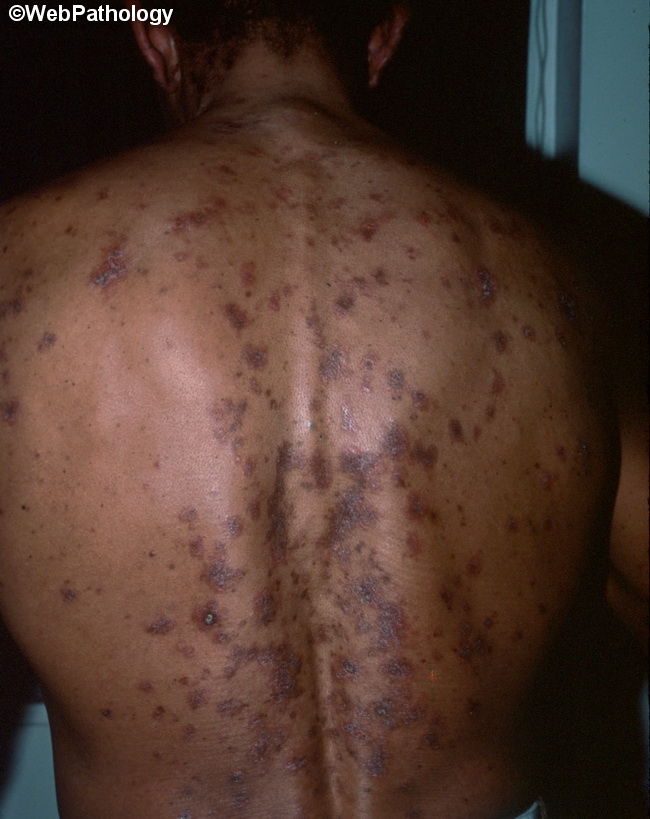


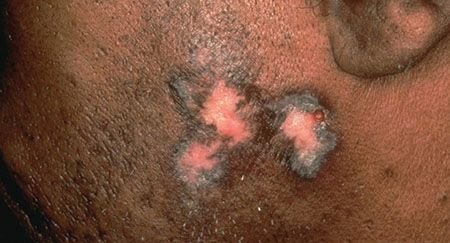
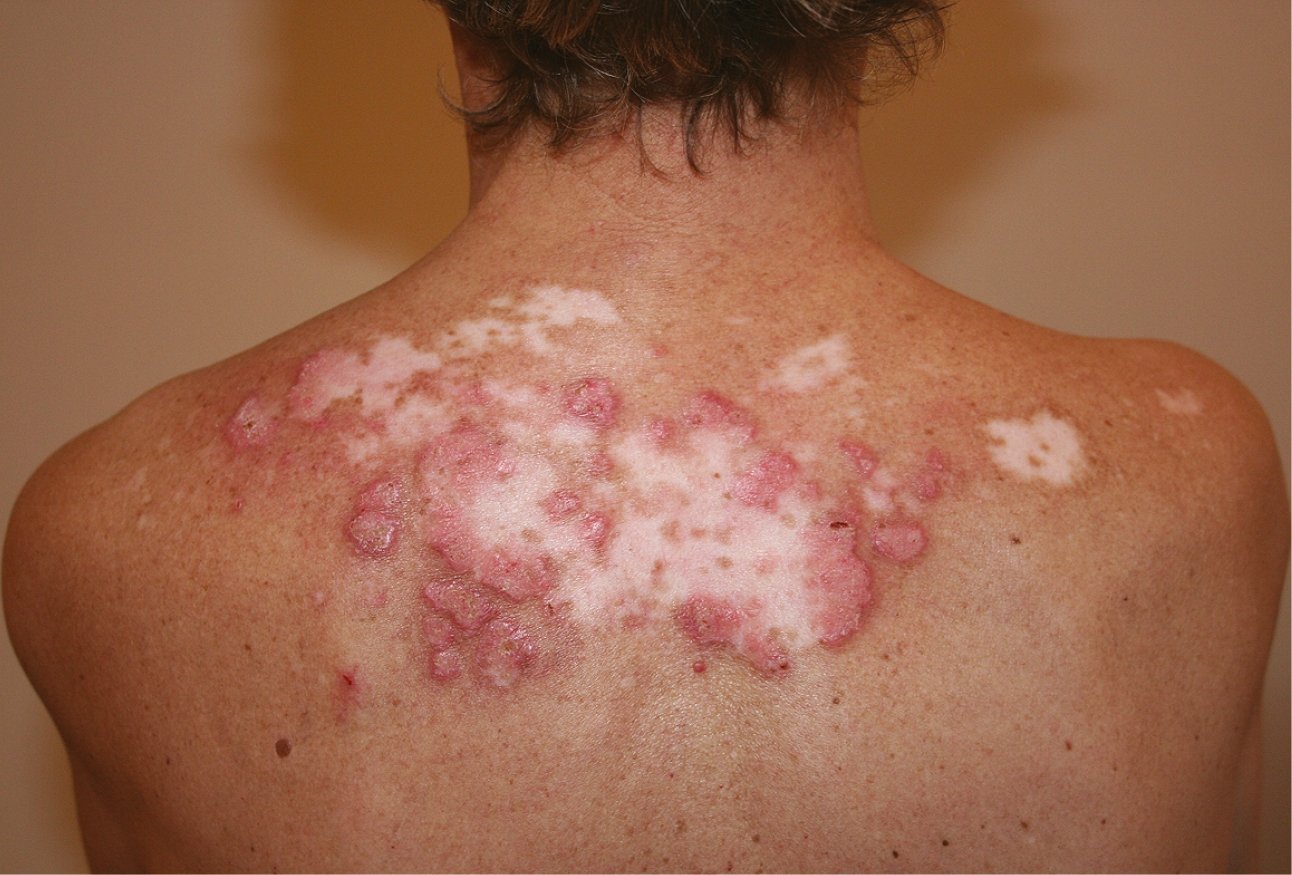



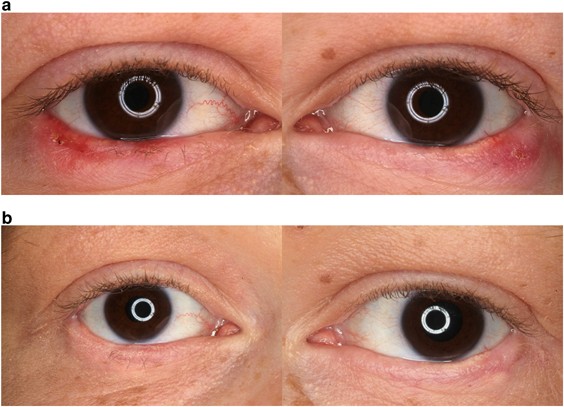







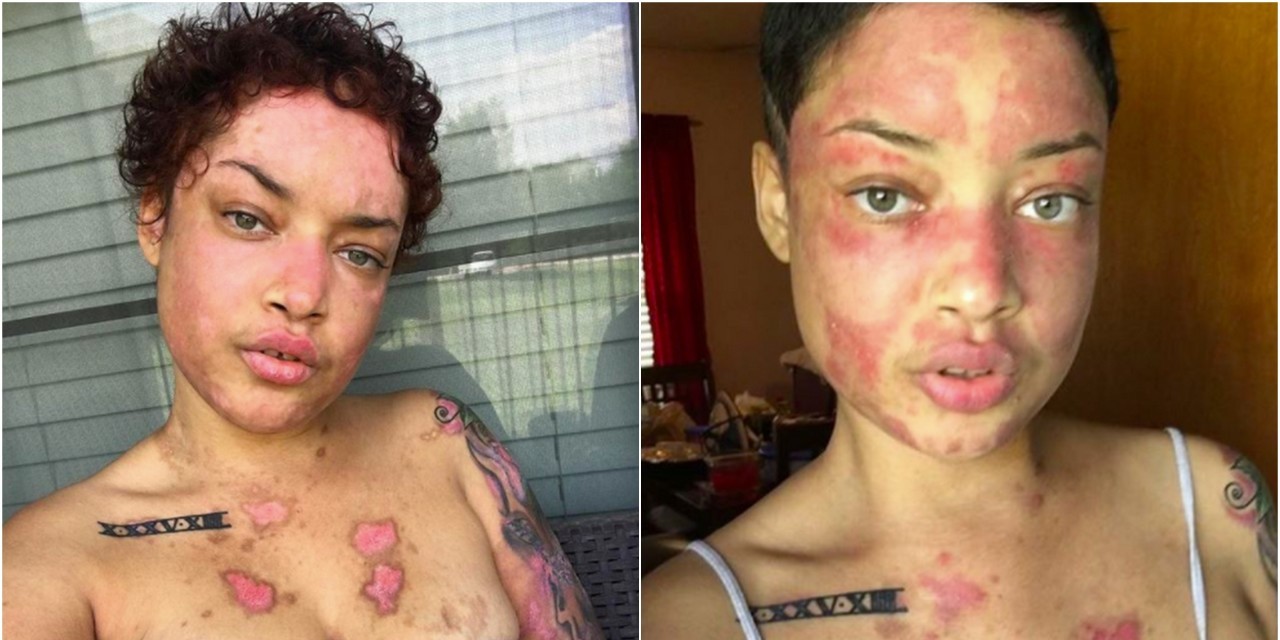





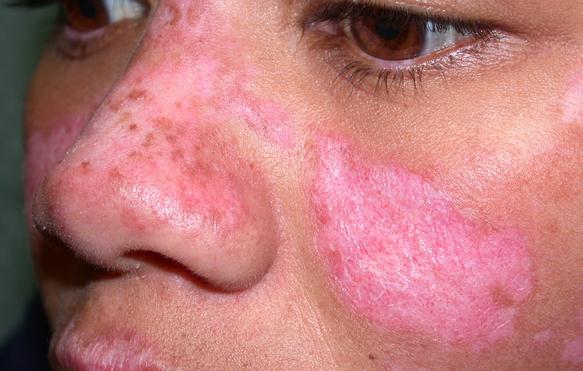






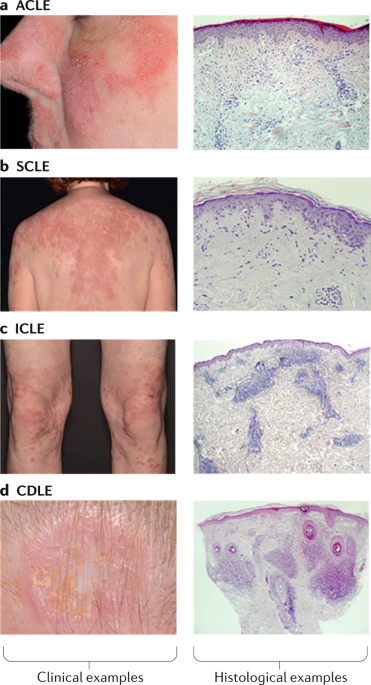







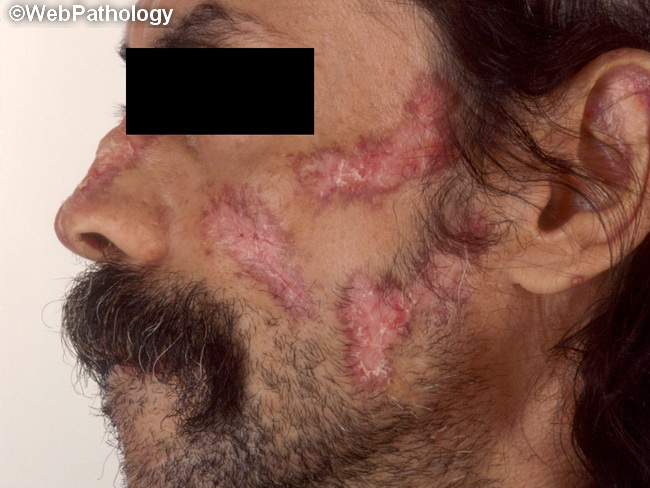







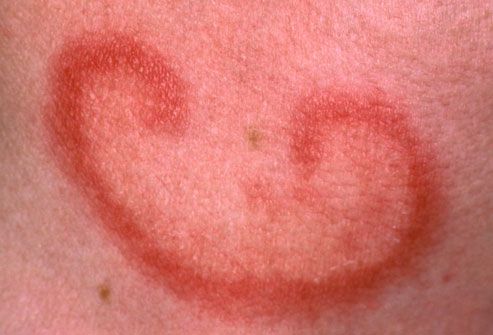


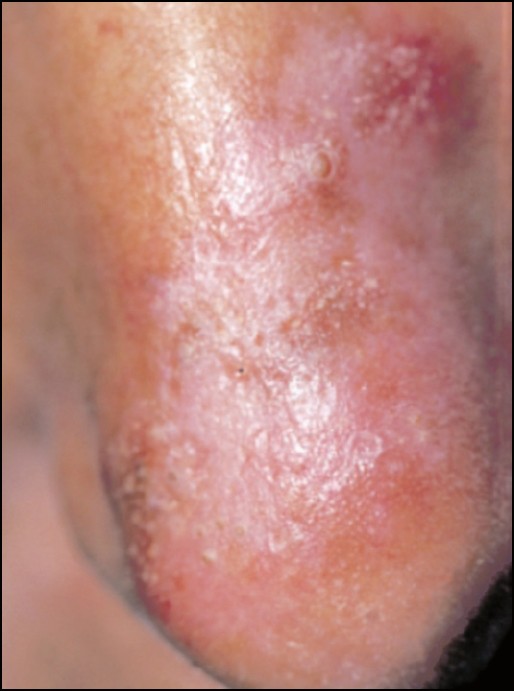
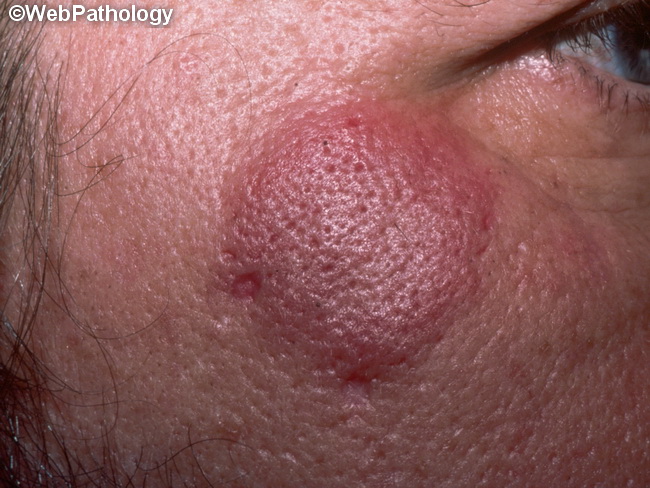
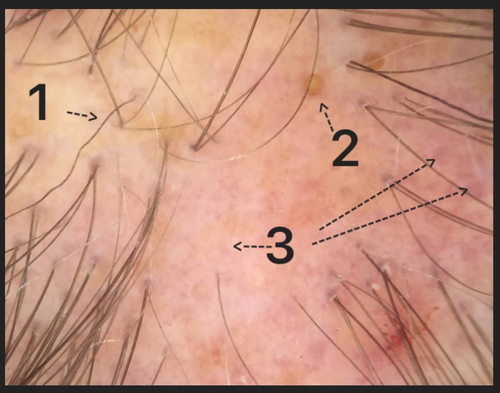

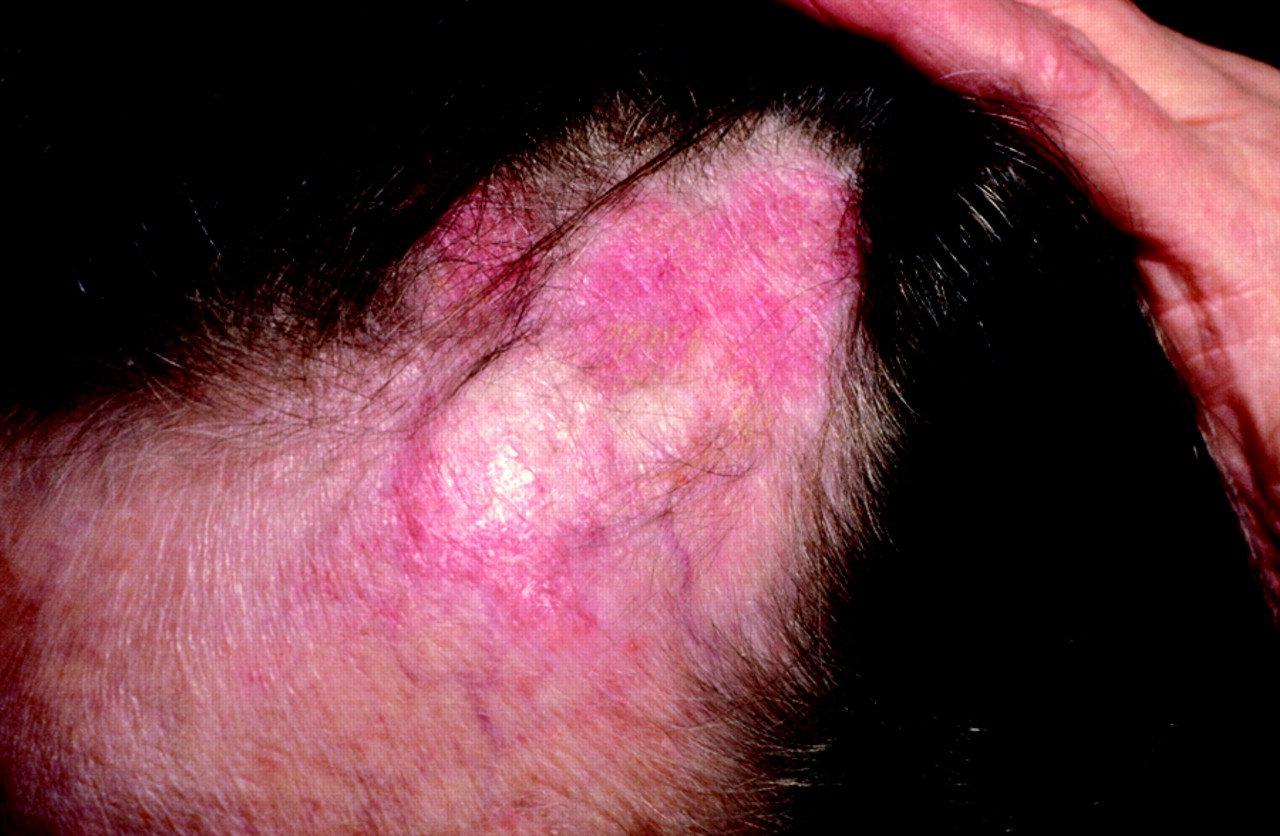


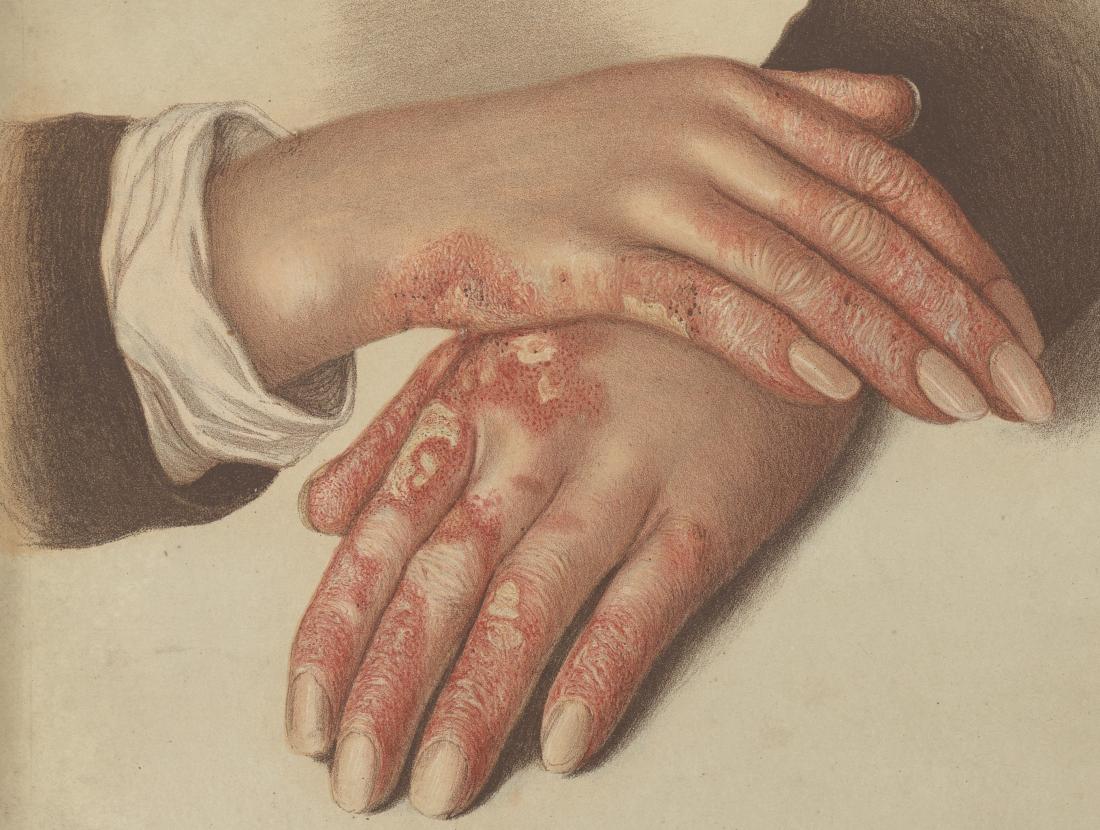






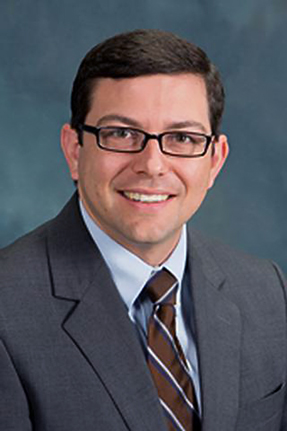
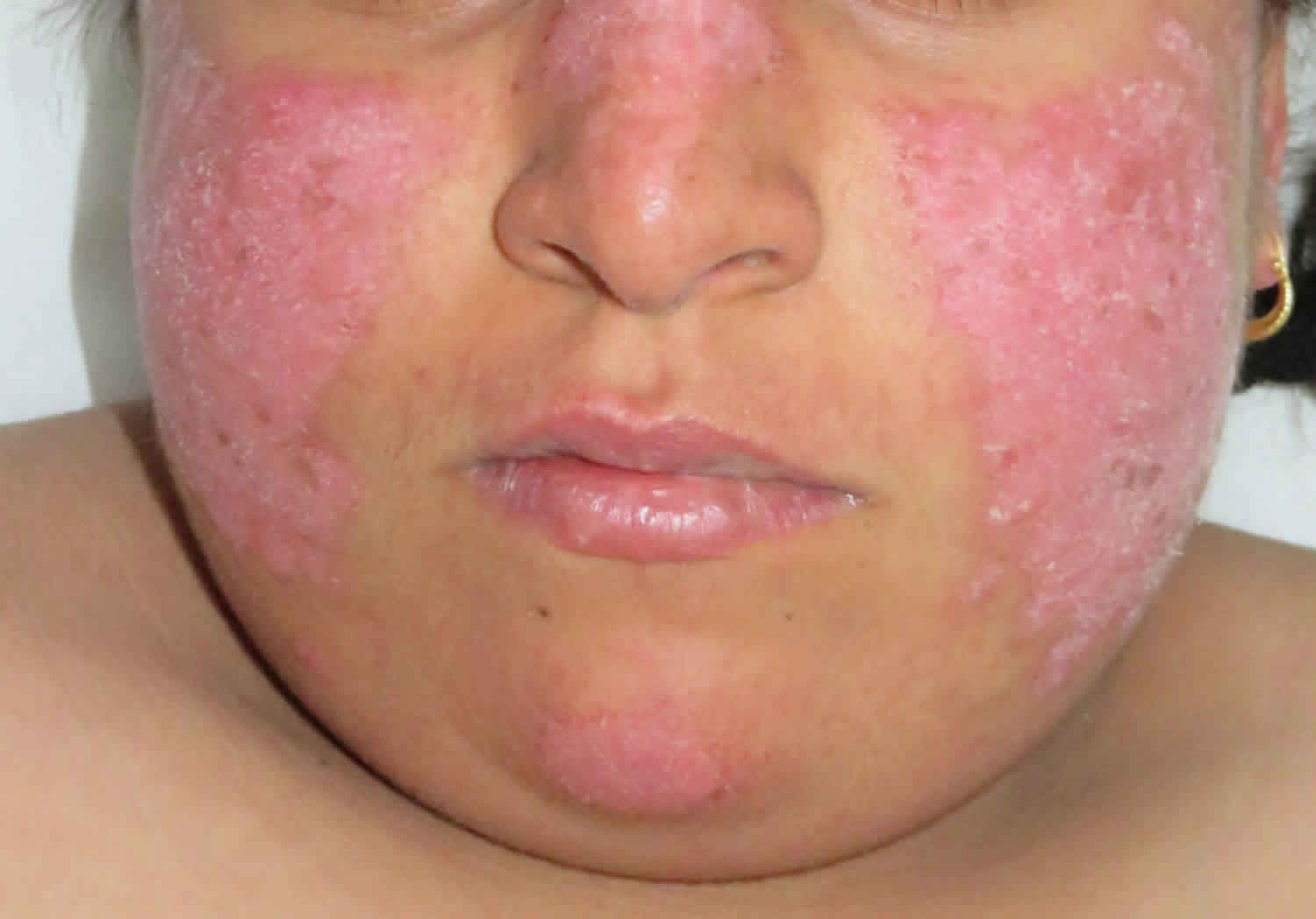


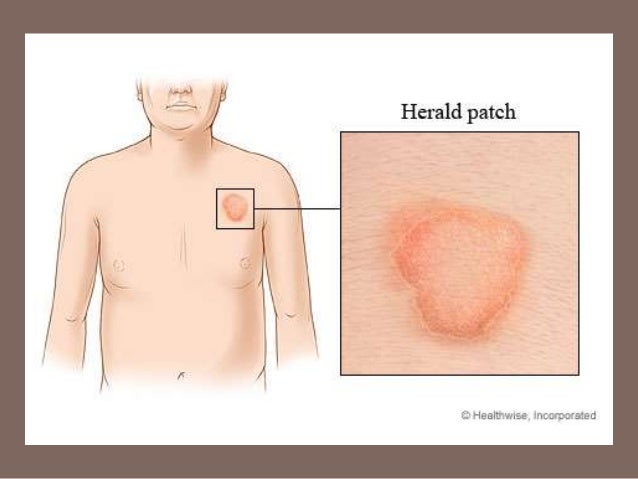
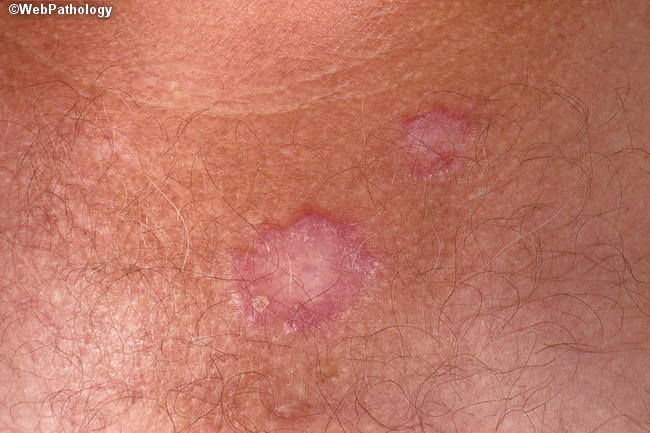

/discoid-lupus-12-d036a1f968a746eca02378151c9f3db1.jpg)
